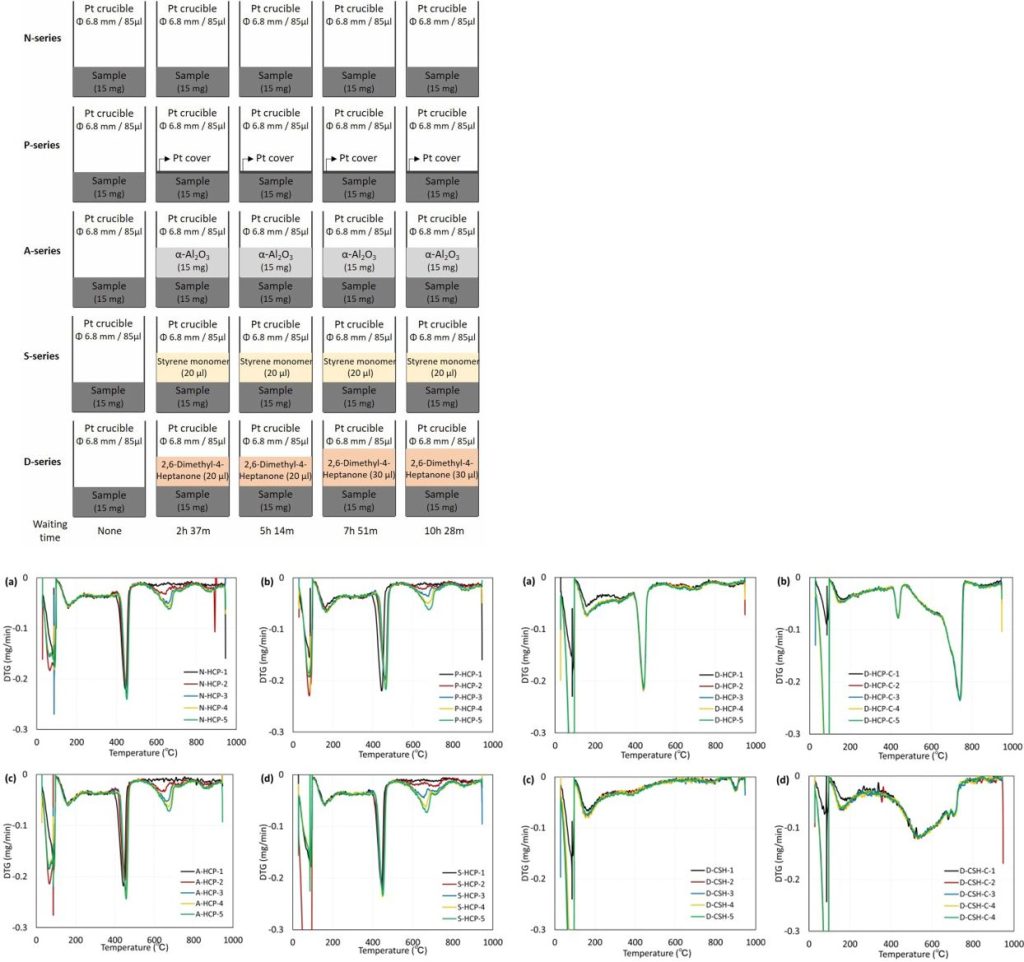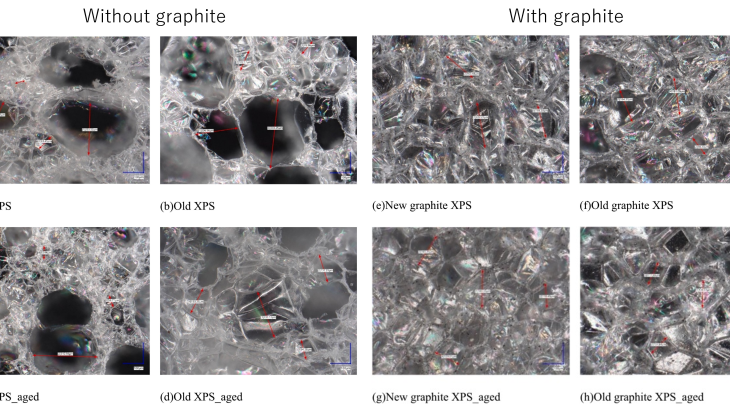TG-DTA is an essential instrument for measuring CO₂ uptake in cementitious materials. Some TG-DTA systems feature an autosampler holding stage, an indispensable option for automating measurements of numerous materials.
However, when cementitious samples are placed on this autosampler holding stage, achieving a perfect seal is difficult even with a nitrogen-purged stage. Gradual carbonation occurs due to tiny CO₂ concentration, leading to progressive sample degradation during extended stage holding periods followed by automated measurements. Consequently, using an autosampler to evaluate the CO₂ uptake amount of many cementitious materials was not feasible. This posed a significant barrier to achieving automated evaluation and increased the cost of assessing fixed CO₂ in cementitious materials.
This paper investigates on a sample preservation method and its measurement results. By simply adding an additive that does not affect cementitious materials to the TG-DTA sample holder, the sample surface is barriered. This prevents carbonation even when samples are left on the autosampler’s holding stage for a few hours.
In conclusion, while this method offers advantages, it also presents challenges. Therefore, it is best applied for rapid evaluation of CO₂ uptake. We hope further research will advance its implementation for societal utilization.
Dayoung Oh, Ryoma Kitagaki, Preventing unintended carbonation in hardened cement paste powder during thermogravimetric analysis, Journal of Analytical and Applied Pyrolysis, Volume 193, Part 1, 2026,
107405
https://doi.org/10.1016/j.jaap.2025.107405


Fig. Below: Results of TG-DTA performed under standard conditions after placing the samples shown in the figure above in the autosampler for several hours.
Typical cement-based samples (N) undergo carbonation and contamination due to the extremely small amount of atmospheric CO₂ that leaks into the samples. Therefore, measuring cement-based samples using an autosampler confronts reduced reliability and difficulties.



